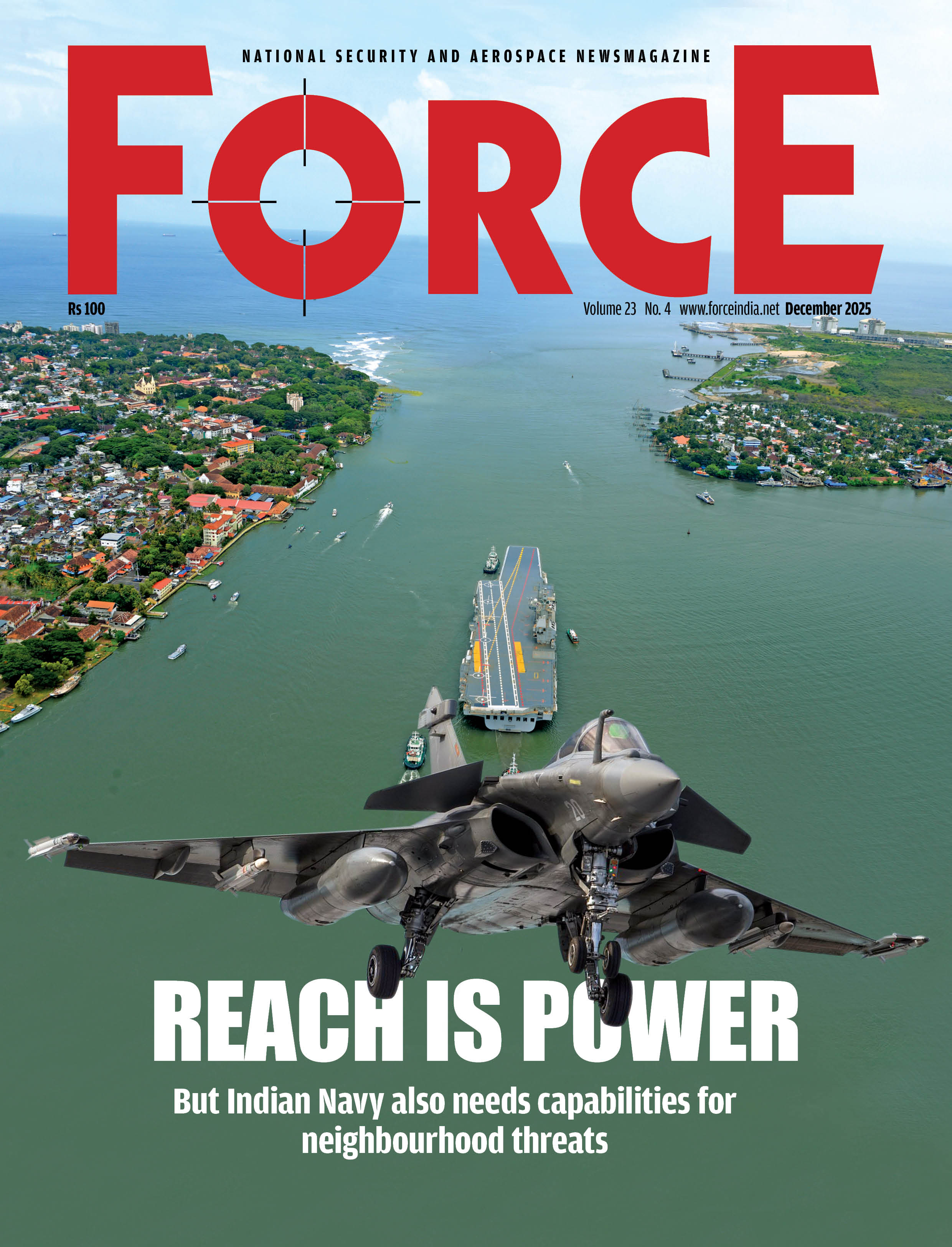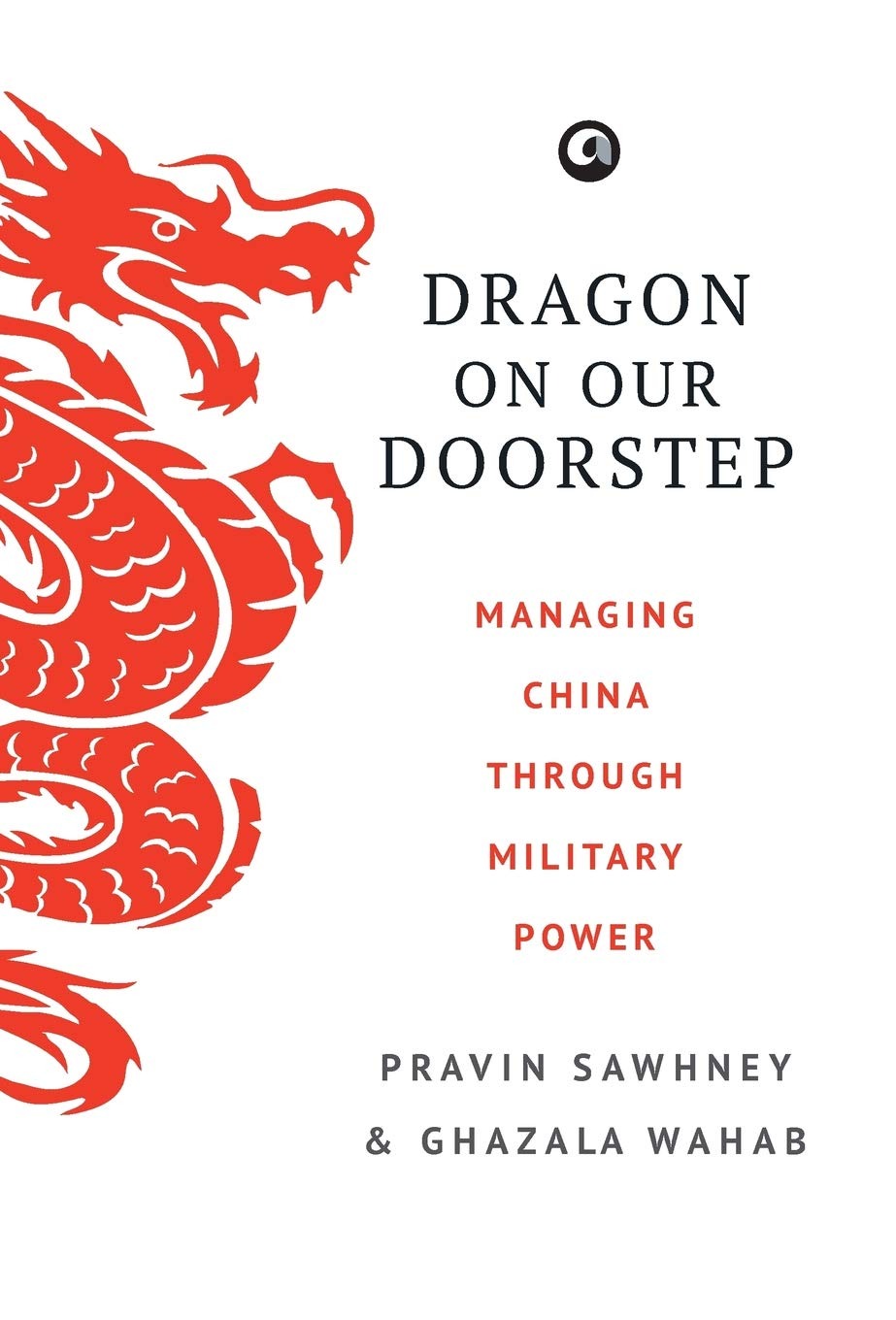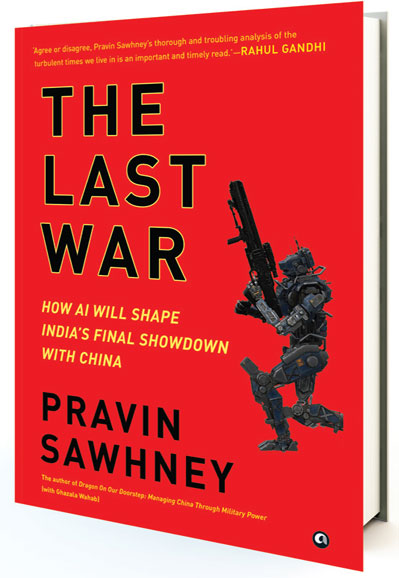Beyond Sloganeering
Self-reliance can be achieved only when the promised indigenous aircraft are delivered without delay
Gp Capt. A.K. Sachdev (retd)
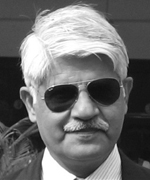
On September 26, the Indian Air Force (IAF) celebrated a ceremonial farewell to the MiG-21, formally closing the last two squadrons of the six-decade old war horse of the service. The celebratory mood of the event was tempered by the pensive and commiserative aura around IAF’s squadron strength having depleted by another two squadrons down to 29. This is two-thirds of its sanctioned figure of 42 which, incidentally, has never been achieved. The highest figure ever reached was 41, three decades ago after which it had constantly been tapering off.
This low strength of IAF’s combat aircraft number was of little consequence to the conduct of the limited aerial missions undertaken by the IAF during Operation Sindoor. However, as Chief of Air Staff (CAS), Air Chief Marshal A.P. Singh, underlined in an address on September 19, the Operation brought the focus back on what the IAF can and will do in limited engagements and in wars in the future in addition to its role of air defence of the nation’s territorial expanse. Inevitably, the debate on theatre commands has been exacerbated by what accrued (or did not) during Operation Sindoor.
This article addresses what India needs to do, post Operation Sindoor, to prepare for future engagements, not only with Pakistan or China singly, but also with their collaborative combine.
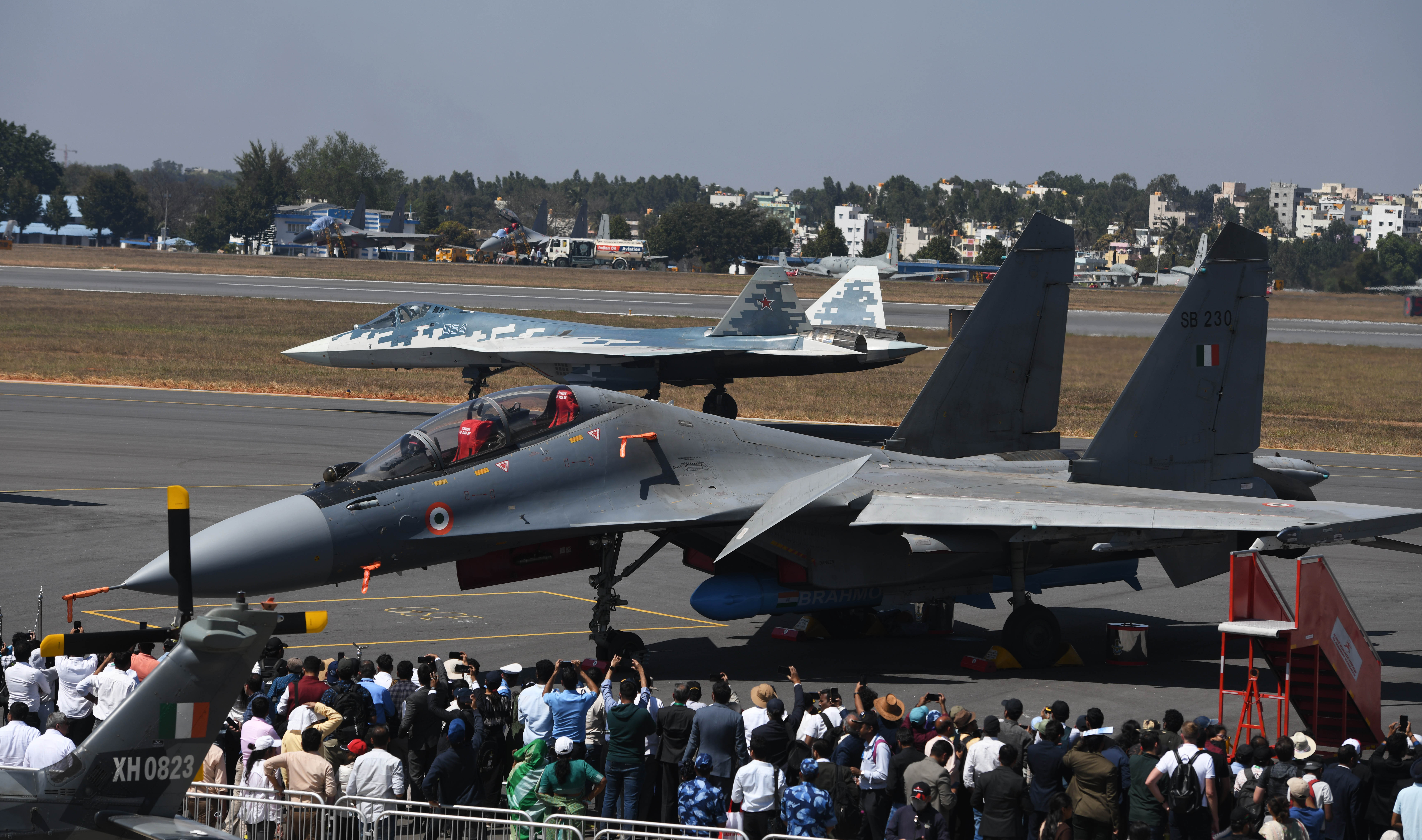
Structure
The installation of a Chief of Defence Staff (CDS) was predicated to the creation of theatre commands which are envisioned as the placement, under a single (theatre) commander, elements of all three services—a construct that the IAF has opposed ever since it was first spoken of.
Interestingly, prolific writing and verbalising by different analysts over Operation Sindoor has contrived to use the same facts and figures to reach disparate conclusions about the crying need or the dire unsuitability of theatre commands in the Indian context. While IAF sees its ability to utilise its operational resources optimally during Operation Sindoor as something a theatre command would have severely restricted, the proponents of theatre commands quote the integration of resources from all three services (especially for air defence) as testimony that integrated command structures are the way forward.
The current CDS General Anil Chauhan, like his predecessor, advocates theatre commands and refers to their construct as ‘the next orbit’ for jointness between the three services. Single point command is cited as offering the advantages of faster decision making, reduction of inter-service friction, coordinated use of assets on land, sea, air, space and cyberspace, enhanced interoperability through common training, reduction of duplication of effort and facilitation of multi-domain warfare. Resource optimisation and technical integration are also quoted as benefits of theatre commands.
The canvassing for theatre commands is motivated, besides the fact that they are the rationale for having a CDS in the first place, by gleaning lessons largely from the US experience and doctrine. In the US context, the nation’s vibrant economy, the sheer size of the individual services, the global commitments they are engaged in, the robust technological aerospace and defence infrastructure supporting them, render theatre commands integrating across single service spheres of influence desirable, possible and functional. Russia and China also have their versions of theatre commands and are often alluded to in the arguments for theatre commands. Indian experience with joint operations in Kargil and Balakot and, more recently, in Operation Sindoor is used to bolster the need for integrated command even in short, sharp, limited conflict scenarios, leave alone wars.
The IAF view on theatre commands vis a vis Operation Sindoor is that the operation was a success even without any theatre commands in place. The IAF’s resistance to theatre command is primarily based on the fact that the small numbers of combat aircraft it has would be dispersed into widely spread-out theatres, thus detracting from several principles of war. There is also the apprehension that a theatre commander from another service would apply his single service wisdom, notions and biases while taking decisions on employment of air assets under his command. IAF’s campaign during Operation Sindoor was conducted with centralised planning and measured missions while heeding the national aim of strategic restraint. The result was stunning and resulted in Pakistan reaching out for a ceasefire in four days, a rare happenstance in international conflict. There are other holdbacks that the IAF has over theatre commands and is advising a slowdown in setting them up.
Theatrisation is inevitable, given that the initial steps have already been taken and the government is unlikely to accept that initiating them was an error. So, the question about theatre commands is not if, but when. Whenever they materialise, we will need many more combat aircraft to cater for their widespread location and the fact that each theatre would need each role/ task to be carried out. Even in the interim, the 29-squadron strength is inadequate for meeting its commitments. So how is the shortfall to be met?
Indigenous Fighters
The requirement of a new fighter to replace the MiG-21 was felt in the Eighties and the Tejas programme initiated with the intent to provide the MiG-21 replacement by mid-Nineties. However, the wait for the new fighter still goes on even at the time of writing this. The programme is now into its 43rd year and the delivery of the 40 Tejas Mk 1 (which is essentially a non-operational aircraft with no weapon capability) is yet to be completed while the first Tejas Mk1A which has many upgrades and is planned to have offensive and defensive capabilities, is yet to be inducted. The CAS has been flagging the issue of consistent delays and has publicly expressed displeasure over the delay in the delivery of Tejas Mk1A fighter jets by Hindustan Aeronautics Limited (HAL).
The IAF is committed to buy 83 Tejas Mk1A’s via a deal worth Rs 48,000 crores signed in February 2021 and, in anticipation, a deal for 99 GE F404-IN20 engines (customised for India by General Electrics, the US manufacturer) in 2021. The first Mk1A was to be delivered to IAF in March last year but there were delays in the delivery of the engines. The first engine was received in March this year, the second in July, and the third in September. However, the first Tejas Mk1A is yet to be offered to the IAF. Since March, the induction date has been continually postponed by a month at a time and currently stands at October.
HAL had been attributing the delays to late arrival of the engines from General Electrics, the US manufacturer. However, now HAL has had the first engine for the last six months and has three in all. So, the delay can no longer be pinned on the engine as the GE F404-IN20 is also used in the Tejas Mk1 and HAL is already familiar with it. In recent weeks, HAL has shifted the alibi to ongoing weapons and radar trials. However, disturbing questions are being asked by analysts about what the real cause of the delays is. Could it be that it is not because of weapons and radar trials but with integrating the engine with the new airframe and avionics of Tejas Mk1A? As the engine is already in use in the Mk1 and we have had it with us for long enough time to sort out any integration glitches, this cause should be unlikely but is not impossible. HAL has promised delivery of 12 Tejas Mk1A every year but, going by its past record, that promise is certain of being broken like all previous ones.
Notwithstanding the delay in delivery of the first Tejas Mk1A, a deal for 97 more (of which 68 are single seat fighters and 29 twin seat trainers) has been signed consequent to the Cabinet Committee on Security (CCS) having given the go ahead. The delivery under the Rs 62,370 crore deal is projected to commence in 2027-28 and be completed in six years. However, given the current state of the Tejas Mk1A production, these time horizons are notional.
Tejas Mk2 which, despite its Tejas nomenclature which is reminiscent of the Light Combat Aircraft, is a different kettle of fish altogether. While Tejas Mk1 and Mk1A are 13.5 ton weight, Tejas Mk2 will be almost one and half times that weight and will have the more powerful GE F414 engine. It is reasonable to presume that the delays with Tejas Mk2 would be at least as frustrating for the IAF as for Tejas Mk1/1A.
The next indigenous venture is the Advanced Medium Combat Aircraft (AMCA). Again, as this is even more advanced and complex than the Tejas programme, its projected date of induction is beyond the visible time horizon. An ambitious project, it is being talked about as a fifth-generation machine. First mooted in 2009 as Medium Combat Aircraft (MCA) and later renamed AMCA in 2010, it fits the 25-ton classification. At that time, the projected date of first prototype flight test was 2017. However, it does not look likely even for the next decade. So, the only consolation is that India can boast of a fifth-generation aircraft programme.
As can be seen from the foregoing, Tejas Mk1A is yet to be inducted and even when its delivery starts, the pace will probably not be able to keep up with the rate at which IAF’s current combat aircraft fleets get depleted due to ageing. Even when it is operational, it is a barely 4th generation fighter and successive CAS’s have highlighted the urgent and crying need for 4-and-a-1/2th and 5th generation aircraft. That brings us to procurement from a foreign aircraft manufacturer.
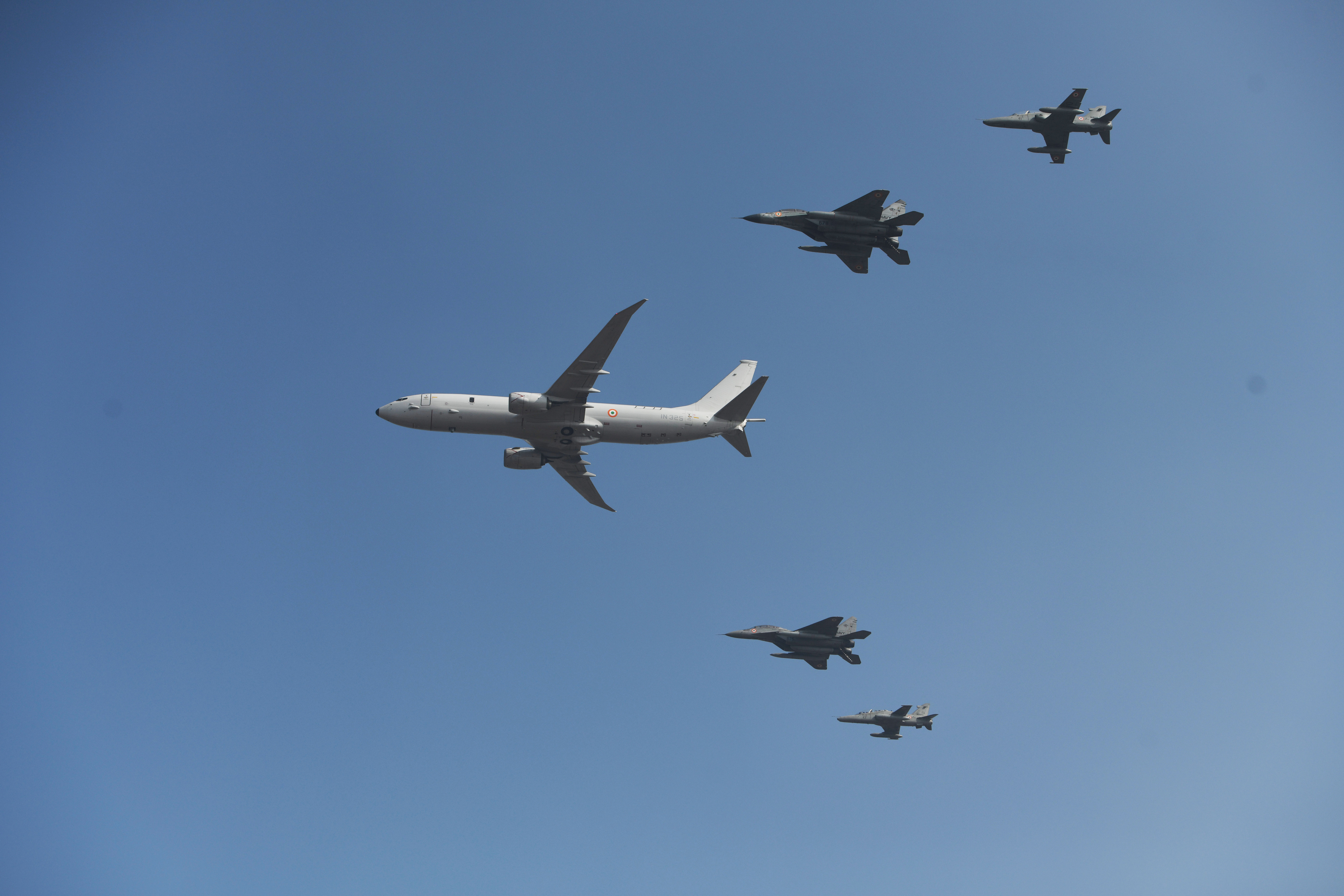
MMRCA/ MRFA
Indeed, the writing was on the wall by 2007 when a procurement programme called Medium Multi Role Combat Aircraft (MMRCA) was launched. After a painstaking selection process from amongst seven contenders, French Dassault Rafale was selected in 2012 but in 2015, the government scrapped the whole deal. Instead, the next year, 36 Rafales were purchased in a surprise government to government deal with France.
Ironically, a new procurement programme called Multi Role Fighter Aircraft (MRFA) was initiated in 2018 thus highlighting the folly in terminating MMRCA project. Currently, there are eight contenders including Rafale F-4, an advanced version of the Rafale already in service with IAF. However, the MRFA programme also seems to be moving at a snail’s pace, not commensurate with the IAF’s crying and urgent need for 4th/5th generation fighters.
Rafale F-4 appeared to be the favoured choice until a few weeks ago when equal attention started being paid to Russian Sukhoi Su-57; this invited sardonic comments as in 2010 India had signed a deal to jointly design and develop the Fifth Generation Fighter Aircraft (FGFA) to create the Su-57 but had withdrawn from the programme citing significant issues such as technology transfer concerns et al. The renewed interest in Su-57 may be because of the offer by almost all the contenders, including Su-57 and Rafale F-4, to give full transfer of technology. Moreover, the French deal has now been given an interesting topping: Safran M88-4 engine for Tejas Mk2 while the Russian deal has been made more lucrative as it offers 126 aircraft within the 114 MRFA budget.
Irrespective of the final choice, the abandonment of MMRCA and the agonisingly slow speed at which decision making is progressing for MRFA are portents of the IAF gazing at even more possible reduction in squadron strength in future before the strength starts rising. However, all the IAF can do is to relentlessly pursue its case of more combat aircraft while the government fiddles.
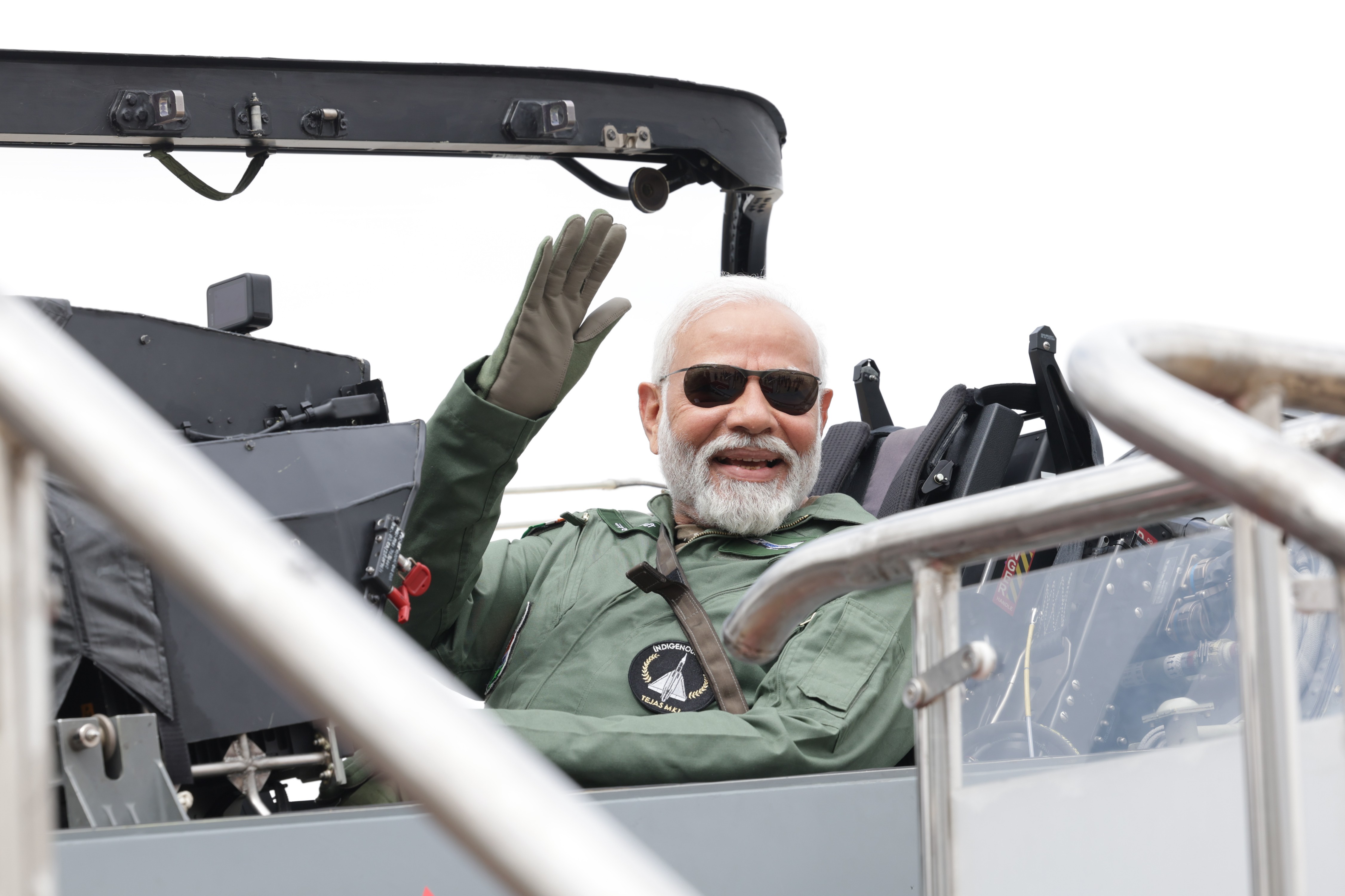
Beyond Combat Aircraft
Aside from the combat aircraft shortfall, other needs exist too. The S-400 air defence system performed admirably during Operation Sindoor. It was credited with successfully intercepting and shooting down several Pakistani aircraft, drones, and missiles at long range, shooting most of them within Pakistani territory and preventing them from reaching Indian targets.
According to CAS, five fighters and a SAAB 2000 AEW&C (Airborne Early Warning & Control) aircraft) were shot down during Op Sindoor but he added that most of them were shot down by S-400. Currently, three squadrons are operational and another two are likely to be inducted by next year. This figure could be relooked at especially if theatre commands are thrust down IAF’s throat as each theatre would seek to have S-400 squadrons ‘under command.’
IAF has six Russian Ilyushin Il-78MKI Flight Refuelling Aircraft (FRA) which are compatible with the Rafale, Su-30MKI, Mirage 2000, SEPECAT Jaguar, and Netra AEW\&C (and possibly will be with the MRFA India plans to acquire). The number is small, and India has recently wet-leased one KC-135 Stratotanker from Metrea for FRA training for the IAF and the Indian Navy. The lease provides an interim solution while India seeks to acquire its own tanker fleet to replace its older Il-78 fleet.
India has three Netra AEW&C aircraft with Embraer ERJ-145 as platform in operation, since 2017. There is a need to expedite the acquisition of a follow-on order for six more and the development of Netra Mk 2 which is based on Airbus A321 aircraft.
The BrahMos missile (available in air-launched, ship-launched and ground-based versions) acquitted itself well during Operation Sindoor. The IAF and Indian Navy are planning to acquire more in large numbers. They are also being acquired for deploying on the Chinese border in Arunachal Pradesh and Sikkim.
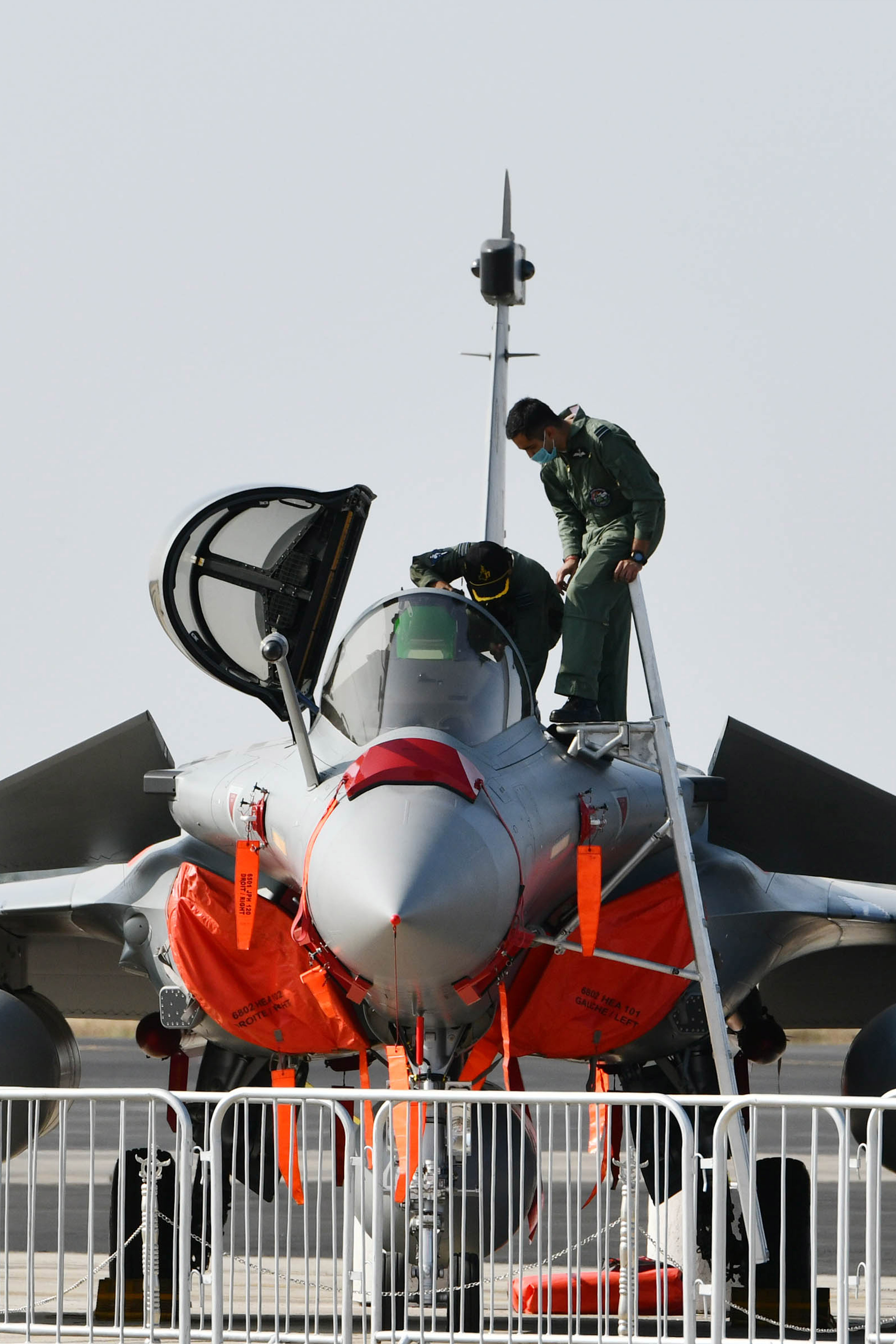
Concluding Remarks
While IAF squirms and waits for new foreign combat aircraft, the cost per unit has gone up considerably; the 126 MMRCA project cost at Acceptance of Necessity (AON) level was Rs 42,000 crore while the current projected cost for 114 MRFA is Rs 2,00,000 crore. The arithmetic is simple and indicates an increase of per unit cost more than five times. Further delay may take this figure northwards.
As per some reports quoting ‘a top official’ the sanctioned strength of IAF is under revision and a much higher figure may be arrived at keeping in view the current scenario. However, that figure is irrelevant and notional in as much as even the earlier figure has never been attained. What is needed is to accelerate the MRFA programme and to somehow inject an element of accountability in HAL for adherence to the Tejas Mk1, Tejas MK2 and AMCA programmes to assure the IAF and the nation that aatmanirbharata in aerospace and defence domains rises above the slogan stage and produces promised indigenous aircraft punctually. That needs to be done before the next need for aerial engagements brings IAF to an ignominious disgrace. Meanwhile, theatrisation ought to be put on a cautionary slowdown as IAF’s performance would be severely degraded by splitting its assets piece meal amongst commands and placed under commanders from the other two services. A consensus amongst the services for theatrisation is germane to its success.
Subscribe To Force
Fuel Fearless Journalism with Your Yearly Subscription
SUBSCRIBE NOW
We don’t tell you how to do your job…
But we put the environment in which you do your job in perspective, so that when you step out you do so with the complete picture.


.JPG)
